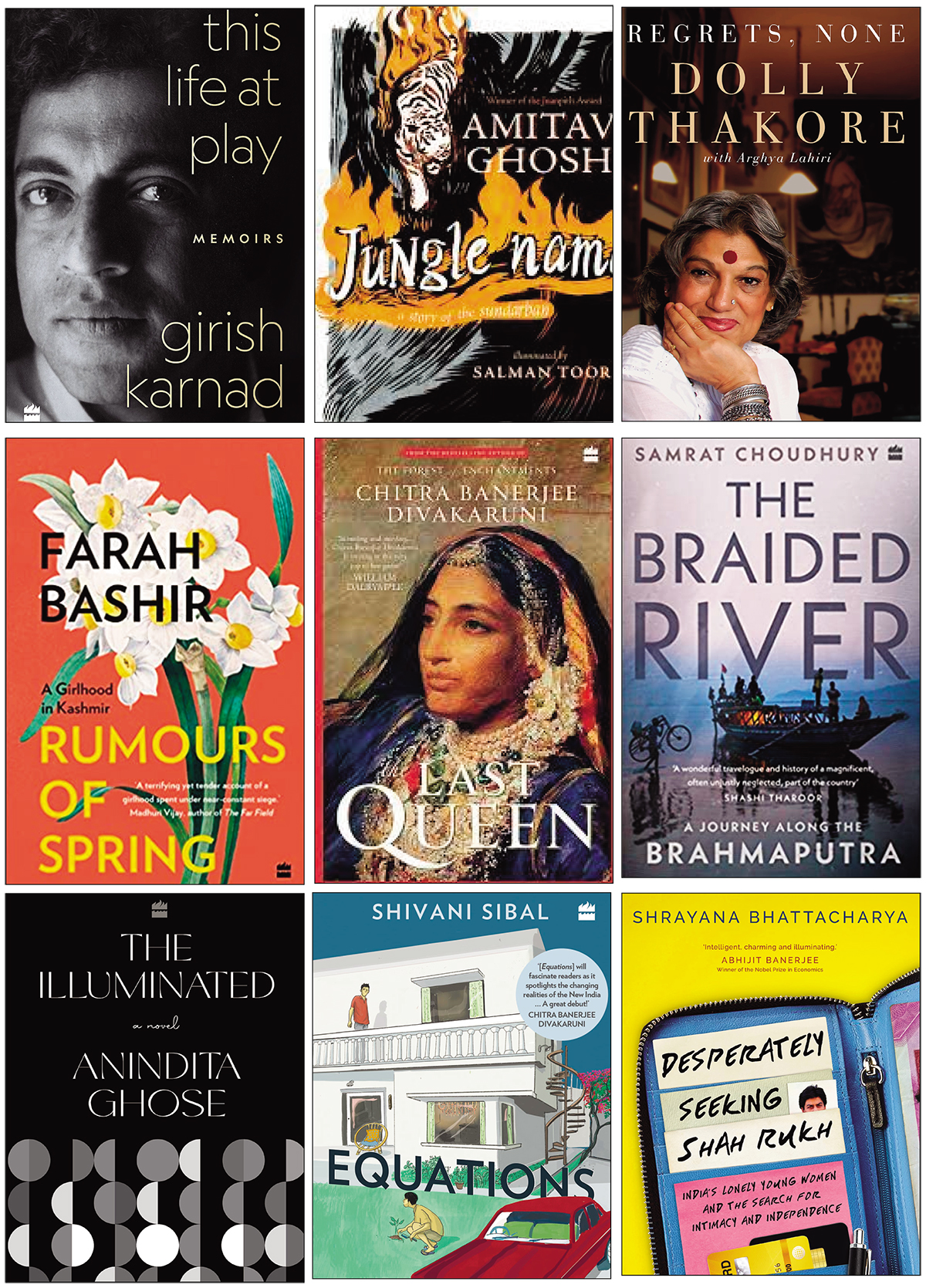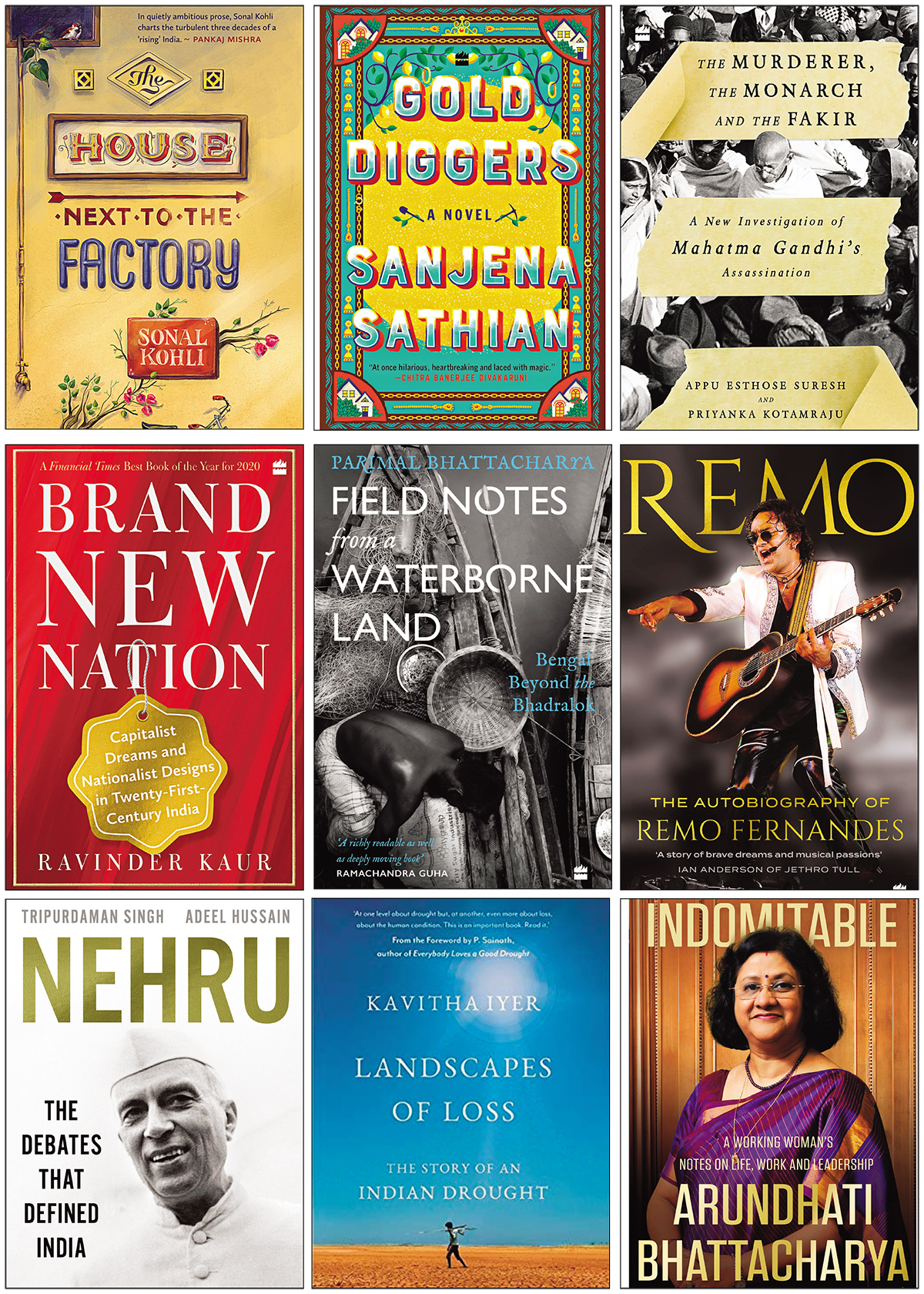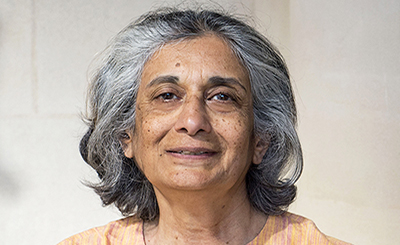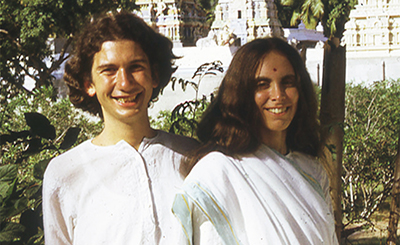
Udayan Mitra, Executive Publisher, HarperCollins India. Photo courtesy: HarperCollins India
When 2021 began, many of us would have thought: oh thank goodness that’s all behind us. 2020 was the year of the pandemic, the ‘lost’ year, the year that tried and tested us in ways that we hadn’t imagined possible. We looked forward to the new year that was 2021, to new beginnings.
Well, like Harry Potter at the end of Goblet of Fire, little did we know what lay ahead.
The second wave of Covid devastated us because we were so unprepared, both medically and mentally. Without a vaccine to protect us, we were helpless. And the isolation and the uncertainty, coupled with the deep sadness at what we as a community were going through, made us take a long, hard look at ourselves, as human beings — and as writers, readers and publishers.
And this is why I think 2021 was a watershed year for the publishing world: because in so many ways we ended up looking beyond entrenched ways of thinking, and found new directions.
An important result of the restrictions related to the pandemic was the reinforced understanding that books and reading were an important, vital part of our lives. Many of us turned to books — new books as well as old ones — when the night seemed the darkest and most unending. This is a habit that will hopefully stay with us.
This was also the year perhaps when, in general perception, the book became more than the printed pages between two covers that most of us have grown up with and been accustomed to. E-books and audiobooks have now become viable, available options for ‘readers’ to engage with a book. Dramatized visual interpretations of books, as well as podcasts, are also on the rise; multi-platform versions of creative content are likely to become a significant trend for the future.
The pandemic years were also a time of change all around, and the entire publishing industry – from authors to editors to production teams to the book retail and marketing — adjusted remarkably well to the new normal, which often involved embracing a digital model for key operations and activities, right from getting used to reading manuscripts and proofs on screen, to digital book promotions and virtual book events becoming the norm. I think this has prepared us for a more efficient, hybrid model of engagements and operations in the future.
As a publisher, I’m truly excited by how much new writing there has been over the difficult times of 2020 and 2021 — just as I’m delighted that during these challenging times readers took books to their hearts. The unusual circumstances the pandemic wrought meant that many of us had more time on our hands, and the urge to write. We’ve had a remarkable number of manuscripts completed and readied for publication during the past year, and many more are in the making. There is a wonderful list of books lined up for publication in 2022 and beyond – and this is great news for booklovers.


In 2021, we’ve seen some excellent works of imaginative fiction being written and published, books that we might return to with pleasure in the time to come; among my personal favourites from the HarperCollins list are Chitra Banerjee Divakaruni’s The Last Queen, Anindita Ghose’s The Illuminated, Sonal Kohli’s The House Next to the Factory and Sanjena Sathian’s Gold Diggers. Alongside, we’ve seen the publication of some very high-calibre non-fiction — from some exceptional writing in the memoir space, like Girish Karnad’s This Life at Play (available in English for the first time), Farah Bashir’s Rumours of Spring, Dolly Thakore’s Regrets, None, Arundhati Bhattacharya’s Indomitable and Remo Fernandes’s autobiography, to stellar non-fiction works like Nehru: The Debates That Defined India by Tripurdaman Singh and Adeel Hussain, The Murder, the Monarch and the Fakir (which lays bare new facts about the assassination of Mahatma Gandhi), Mukund Rajan and Rajeev Kumar’s Outlast, Ravinder Kaur’s Brand New Nation, Kavitha Iyer’s Landscapes of Loss, Shrayana Bhattacharya’s Desperately Seeking Shah Rukh, and Parimal Bhattacharya’s Field Notes from a Waterborne Land.
And of course, there has been a renewed focus on children’s literature (children, like adults, have been forced to stay home for long durations, and books are wonderful friends to have at times like these), which of course is wonderful news for the publishing industry: since today’s children are the readers and writers of the future.
While more people are getting used to reading on digital platforms and encountering books in various forms of new media, it is not as though the love for the printed book, which in all its glory has always been a thing of beauty and joy, has diminished. Books continue to be cherished and adored for their look and feel, as well as their content. The love that we have seen for many of our book covers (which really comes into its own when you hold a book in your hands, not as a thumbnail on a smartphone screen) is phenomenal. A few designed books that were published this year — Amitav Ghosh’s Jungle Nama, Anahita Dhondy’s The Parsi Kitchen and Alka Pande’s Pha(bu)llus among them — have found many appreciative readers. We’ve just launched a new imprint, Harper Design, for designed books: I love Namrita Bachchan’s A Full Circle, the first book published under the imprint, and I’m looking forward to many more.
What else am I looking forward to in the new year? There are a variety of books that I’m very excited about: among them The Book of Dog, an anthology of writing about our canine friends; Amitava Kumar’s The Blue Book (a writer’s illustrated journal of the pandemic year); Youth and Truth, the new book by Sadhguru; S. Hussain Zaidi’s new book Zero Day; The Comrades and the Mullahs, Ananth Krishnan and Stanly Johny’s book on China and Afghanistan; Abhigyan Prakash’s book on UP, From Lucknow to Lutyens; Naushad Forbes’s The Struggle and the Promise; The First World War Adventures of Nariman Karkaria (a memoir); The Tiger of Drass, a book on Kargil hero Anuj Nayyar... The list goes on.
And as must be evident, there isn’t one genre or subject in particular that my short faves list favours: there are books of all kinds, on various subjects, for various tastes.
The publishing trend for 2022, I think, is going to be great storytelling.
This piece was part of our yearender issue on publishing.
More from The Byword
Comments
*Comments will be moderated











